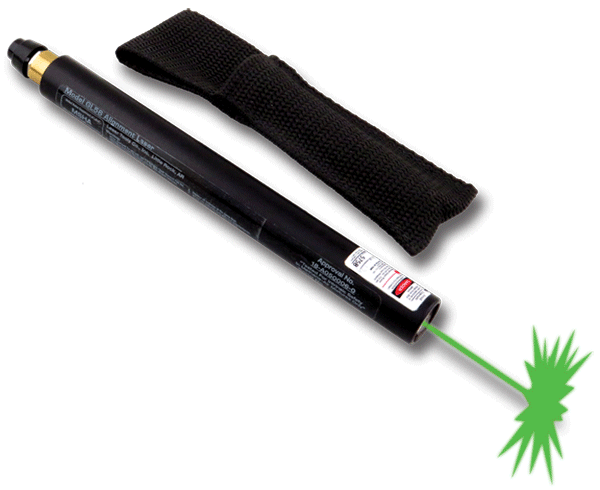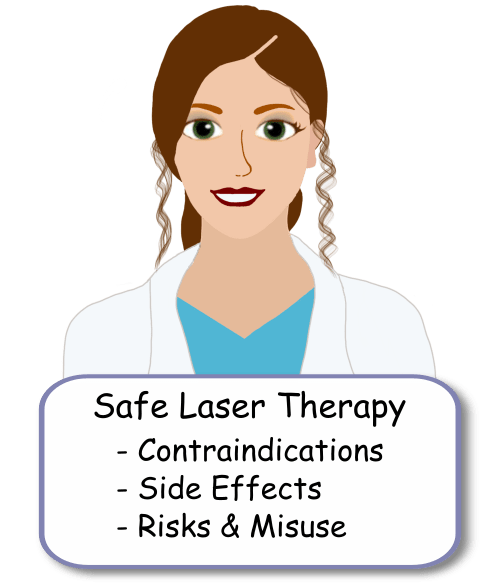Excellent Facts To Choosing A Safe Laser Device
Excellent Facts To Choosing A Safe Laser Device
Blog Article
How Can Low-Level Lasers That Are Safe Laser Therapy (Lllt), Which Is A Low-Level, Low-Level Laser Technology, Aid In Reducing Respiratory Inflammation?
Low-level Laser Therapy (LLLT) is a safe and efficient method to treat inflammation in the respiratory tract. LLLT can be effective in respiratory conditions like asthma and bronchitis, where airway inflammation contributes to symptoms, such as coughing and wheezing.
Bronchodilation LLLT has been found to increase the relaxation of smooth-muscle cells in the airways. It may help those suffering from asthma as well as chronic obstructive lung disease (COPD) where bronchoconstriction is a contributing factor to breathing difficulties.
Improved Blood Circulation LLLT enhances microcirculation and vasodilation, leading to an increase in blood flow to the airways and lungs. Increased blood circulation is an excellent way to deliver nutrients and oxygen to the inflamed regions, promoting healing and lessening inflammation.
Improved Immune Function LLLT stimulates the production of cytokines aswell as the process of phagocytosis. Phagocytosis is the process through which immune cell engulfs pathogens. This can help boost the immune response against respiratory infections and reduce inflammation in the airways.
Reduced Mucus Prodution- LLLT could help reduce excessive airway mucus by promoting the clearing of mucus and decreasing inflammation in the respiratory tract. This may beneficial for those suffering from chronic sinusitis or bronchitis where excessive mucus can cause respiratory symptoms.
Alleviation of Allergic responses- LLLT is being studied as a possible treatment for allergic rhinitis or hay fever. The conditions are defined by inflammation of the sinuses and nasal passages because of allergens. LLLT aids in reducing allergy symptoms such as nasal congested, sneezing, or itching.
Safe Laser's low-level therapy provides an effective, non-invasive solution to inflammation in the respiratory tract. It relieves symptoms and helps improve respiratory function. But, LLLT should only be used after consulting with medical professionals for the proper diagnosis. View the best safe laser 500 ár for more advice including lágy lézer, gyógyító lézer készülékek, mozgásszervi problémák, lágy lézer vélemények, lágylézer ár, lézer bérlés, lágylézer árak, safe laser használata, lézeres fájdalomcsillapítás, lágylézer árak and more.
How Does Safe Laser Low-Level Laser Therapy (Lllt) Help With Nose Problems?
Low-level laser therapy can be used to help treat a variety of nose conditions. LLLT may help reduce inflammation in rhinitis-related conditions. (an inflammation of the mucosa in the nose sinusitis – an infection of the sinuses or allergic rhinitis.
Pain Relief - LLLT reduces pain by reducing nerve conduction. It can offer relief for those suffering from nasal pain.
Enhanced Tissue Healing LLLT enhances the cellular metabolism which leads to accelerated regeneration and tissue repair. LLLT may help to promote faster healing in cases like nasal mucosal and injury to the ulcer. This can reduce the chance of complications, while improving overall nasal health.
Improved blood circulation LLLT stimulates the microcirculation through vasodilation. Increased blood flow is later directed to nasal tissues. Improved blood circulation can help provide nutrients and oxygen to injured or irritated tissues, which aids in healing and lessening inflammation.
Reduced nasal congestion- LLLT can aid in reducing nasal obstruction through the stimulation of vasodilation. It also assists in reduce the swelling of the nasal mucosal passages. This can prove to be beneficial for people suffering with chronic sinusitis, as well as allergies rhinitis.
Treatment of Nasal Allergies LLLT assists in reducing inflammation of the nasal passages and the sinuses. LLLT works by modulating immunity and decreasing the release of histamines and other allergens. This can provide relief from symptoms like the itching of nasal passages and sneezing.
Overall Low-Level Laser Therapy by Safe Laser is a non-invasive treatment that does not require drugs to treat problems with the nose. This therapy can provide relief from inflammation, pain and congestion. Before making use of LLLT, consult a physician to determine the correct diagnosis and recommendations for treatment. Have a look at the most popular safe laser 150 for blog examples including lagy lezer, orvosi lágylézer, gyógyító lézer készülékek, lagylezer terapia, lágylézer hatása, safe laser bérlés, mozgásszervi problémák, lágy lézer vélemények, lágy lézer, mozgásszervi betegségek kezelése and more. 
How Long Before A Safe Laser Device Is Effective In Oral And Dental Conditions?
Safe Laser Low-Level Laser Therapy (LLLT) offers numerous advantages for oral and dental ailments. The results will vary dependent on the particular issue which is being treated, how serious the issue is, an individual's general oral health, as well as his/her response to treatment. In general, a series of LLLT sessions spread over a specific time frame is recommended to get the best results for dental and oral conditions.The amount of LLLT sessions needed for oral and dental conditions depends on several factors-
The severity and the type of dental issue can impact the number of LLLT treatment sessions required. Depending on the condition, LLLT may be required in different ways.
Individual Response to Treatment Certain factors, such as oral health, immunity, and healing capacity may affect how well a person responds to LLLT for oral and dental issues. Certain people might have a quicker response to treatment, as well as a more rapid improvement in their symptoms. Some may require longer treatment.
Treatment protocol - The treatment program suggested by a dentist has a significant impact on the frequency and length of LLLT treatments for dental and oral conditions. The treatment plan can be specific to each patient and could include the scheduling of LLLT treatments several times per week.
Acute Conditions and. Chronic Conditions Acute disorders- The distinction between acute and chronic condition may also impact the number of LLLT sessions required. Oral ulcers that are acute like and post-operative pain could be treated with fewer sessions, while chronic conditions like periodontitis and TMJ issues require more care.
Some individuals can see substantial improvements in their dental hygiene and health after only a few LLLT treatment sessions. However, for some, it could take longer to get best outcomes. It is essential to adhere to the treatment plan prescribed by a dental professional and to take part in all scheduled LLLT sessions to maximize the benefits of treatment for dental and oral conditions. The communication with your dentist and continuous monitoring of your oral health are crucial to ensure proper management.